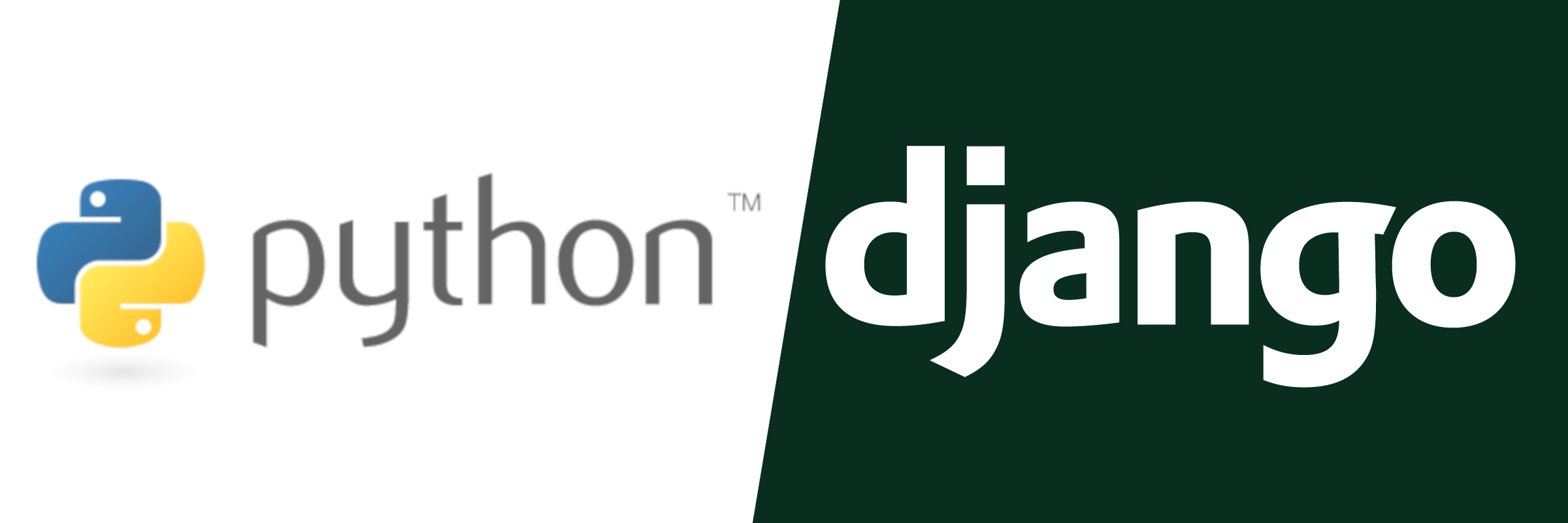Index Surge: Amplifying Your Insights
Stay updated with the latest trends and news across various industries.
Django Unleashed: Build Your Web Empire
Unlock your web development potential with Django Unleashed! Build dynamic apps and reign over the web. Start your empire today!
Getting Started with Django: Your First Steps to Web Development
Getting started with Django is an exciting journey into the world of web development. As a high-level Python web framework, Django allows developers to create robust and scalable web applications with ease. To begin your journey, the first step is to set up your development environment. You need to install Python and Django on your system. Start by downloading the latest version of Python from the official website, and then use the following command in your terminal to install Django: pip install django. Once Django is installed, you can verify it by running django-admin --version to check if it’s set up correctly.
Next, it’s time to create your first Django project. To do this, run the command django-admin startproject myproject, replacing myproject with your desired project name. After that, navigate into your project directory using cd myproject. Within this folder, you will find various files, with settings.py being crucial as it contains the configuration for your project. You can start the development server by executing python manage.py runserver, allowing you to view your project in a web browser at http://127.0.0.1:8000/. This initial setup marks your first steps in building web applications with Django, paving the way for more complex features and functionalities as you progress.

Top 10 Django Packages to Enhance Your Web Applications
Django is a powerful web framework that allows developers to create robust web applications quickly and effectively. To further enhance your web application, integrating the right packages can make a significant difference in functionality and performance. Here, we outline the Top 10 Django Packages that can elevate your projects to the next level. From simplifying database migrations to improving form handling, these packages cater to various needs and can streamline your development process.
- Django REST Framework: This package is essential for building Web APIs in Django. It provides a powerful and flexible toolkit for creating Web APIs, making your application more accessible and interactive.
- Django Allauth: Simplifying user authentication, this package supports multiple authentication methods and is highly customizable.
- Celery: Perfect for handling asynchronous tasks, Celery runs concurrent tasks, allowing your web application to function smoothly.
- Django Debug Toolbar: This valuable tool provides a quick way to debug your applications and monitor performance.
- django-filter: This package simplifies filtering data within Django QuerySets, enhancing the user experience with advanced filtering options.
How to Scale Your Django App for Growing User Demands
Scaling your Django app is essential to accommodate growing user demands while maintaining performance and reliability. One effective strategy is to implement a load balancer which distributes incoming traffic across multiple server instances. This approach not only reduces the risk of overwhelming a single server but also ensures that your app remains responsive even during peak usage. Additionally, consider utilizing caching mechanisms like Memcached or Redis to store frequently accessed data in memory, significantly speeding up response times for your users.
Another crucial aspect of scaling is database optimization. As your user base grows, so does the volume of data generated, which can lead to performance bottlenecks. Ensure that your database queries are efficient by using indexing and analyzing query performance using tools like Django's query profiler. Furthermore, consider implementing a database sharding strategy to distribute the load across multiple databases. This way, you can efficiently manage increased traffic while providing a smooth user experience as your Django application scales.